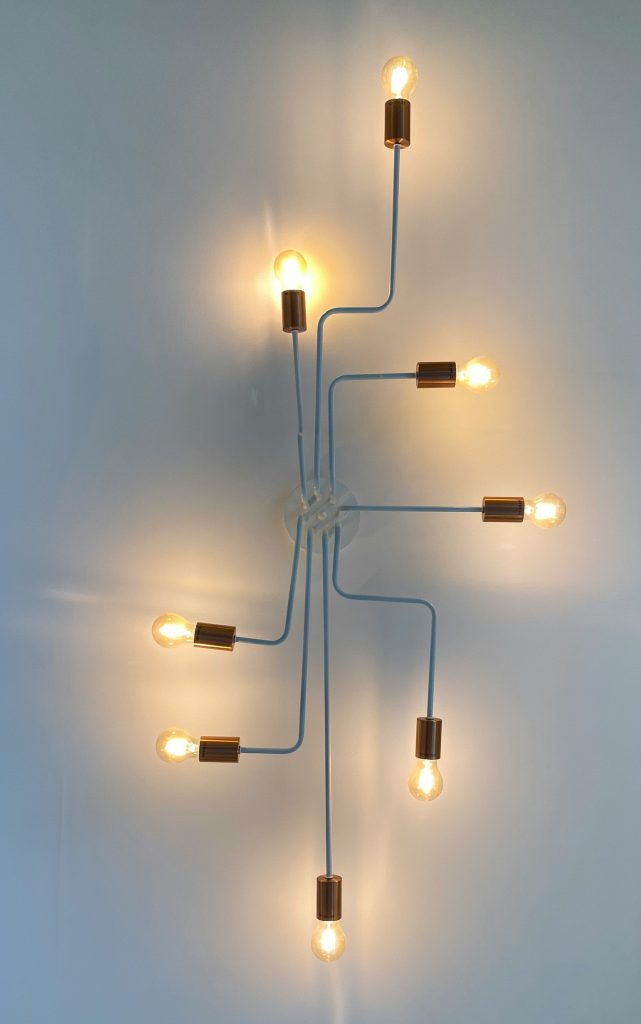
LISTEN TO THIS BLOG POST:
Your attachment style, is a psychological blueprint that influences how you relate to others.
Attachment theory was developed by British psychiatrist and psychoanalyst, John Bowlby and later expanded by American-Canadian developmental psychologist, Mary Ainsworth.
Attachment theory is based on how you bonded with your primary caregivers (e.g., your mother, grandmother, aunt, father, etc.) which tends to mirror how you bond with others as an adult.
There are four types of personal and professional attachment styles: (1) secure; (2) anxious; (3) avoidant; and (4) disorganized.
The Four Main Attachment Styles:
1. Secure Attachment
- Traits: Comfortable with intimacy and independence. Confident. Trusts easily. Communicates openly.
- Behaviors: Balances closeness and autonomy. Resolves conflict constructively.
- Root Cause: Consistently responsive caregiving in early childhood.
- Real-Life Example: Feels okay if a partner needs space; doesn’t overreact or withdraw.
2. Anxious Attachment (Preoccupied)
- Traits: Craves closeness but fears abandonment. Often needs constant reassurance.
- Behaviors: Over-texting, overanalyzing, emotional rollercoasters.
- Root Cause: Inconsistent caregiving, sometimes nurturing, sometimes distant.
- Real-Life Example: Worries when a text isn’t answered right away; assumes the worst.
3. Avoidant Attachment (Dismissive)
- Traits: Values independence over closeness. Emotionally distant.
- Behaviors: Shuts down during conflict, struggles to express feelings, avoids commitment.
- Root Cause: Caregivers were emotionally unavailable or overly demanding.
- Real-Life Example: Feels “smothered” in relationships, pulls away when things get intimate.
4. Disorganized Attachment (Fearful-Avoidant)
- Traits: Wants connection, but fears it. Unpredictable behavior.
- Behaviors: Push-pull dynamics. Intense reactions followed by withdrawal.
- Root Cause: Often linked to trauma or abuse in early relationships.
- Real-Life Example: Trusts no one, but fears being alone. Can sabotage relationships unconsciously.
Ask yourself, which of these four sounds most like your attachment style?
Your attachment style influences:
- Who you’re drawn to in a relationship.
- How you communicate and argue in a relationship.
- How quickly you feel “too close” or “not close enough” to someone.
- Whether you feel safe or anxious in relationships.
Attachment style plays a surprisingly powerful role in your professional life as well. Your professional attachment style influences leadership, communication, collaboration, negotiation, and even how you handle success or failure.
Your Leadership Style Is Deeply Rooted in Your Attachment Style:
- Securely attached leaders: are more confident, empowering, and resilient.
- Anxiously attached leaders: may micromanage, seek excessive validation, or fear criticism.
- Avoidantly attached leaders: can appear distant, overly independent, or dismissive of input.
- Disorganized leaders: may be unpredictable, reactive, or struggle with consistent decision-making.
Your professional attachment style can shape whether you’re a supportive coach, a controlling boss, a visionary collaborator or an emotionally unavailable executive.
How can you change your current attachment style?
1. Understand and Identify Your Current Attachment Style:
Start by understanding and identifying your attachment style. Is it (1) secure; (2) anxious; (3) avoidant; or (4) disorganized, based on the definitions above? Identify your attachment style with discernment (i.e., without judgement).
Then confirm your attachment style by asking yourself:
- How do I react in a relationship?
- Do I more fear being abandoned or smothered?
- What are my boundaries in a relationship?
- What patterns repeat in my relationships?
2. Determine Your Attachment Style Triggers: After you identify your current attachment style, determine your attachment style Triggers.
- If you are triggered by nothing but normal feelings and emotions, you have secure attachment style triggers.
- If you are triggered to panic or over-pursue, you have anxious attachment style triggers.
- If you are triggered to shut down, you have avoidant attachment style triggers.
- If you are triggered to flip-flop between emotions, you have disorganized attachment style triggers.
3. Create a New Attachment Style for Yourself: The best relationships make you feel safe and secure. Strive towards shifting your attachments style to a secure attachment style. To shift to a new attachment style:
- Be consistent in your behavior in your relationships.
- Be emotionally available to others in your relationships.
- Be respectful of your boundaries and the boundaries of others in your relationships.
- Be vulnerable as you express your own needs, even if your own needs may be rejected in relationships.
Creating a new attachment style by rewiring your own emotional habits allows you to create healthier connections and build new relationships in a new way to create a positive impact in your own life.
Out There on the Edge of Everything®…
Stephen Lesavich, PhD
Copyright © 2025 by Stephen Lesavich, PhD. All rights reserved.
Certified solution-focused life coach and experienced business coach.
#attachment #attachmentstyle #selfhelp #motivation #personalgrowth
#business #businesscoach #lifecoach #lesavich
![]()









Add comment